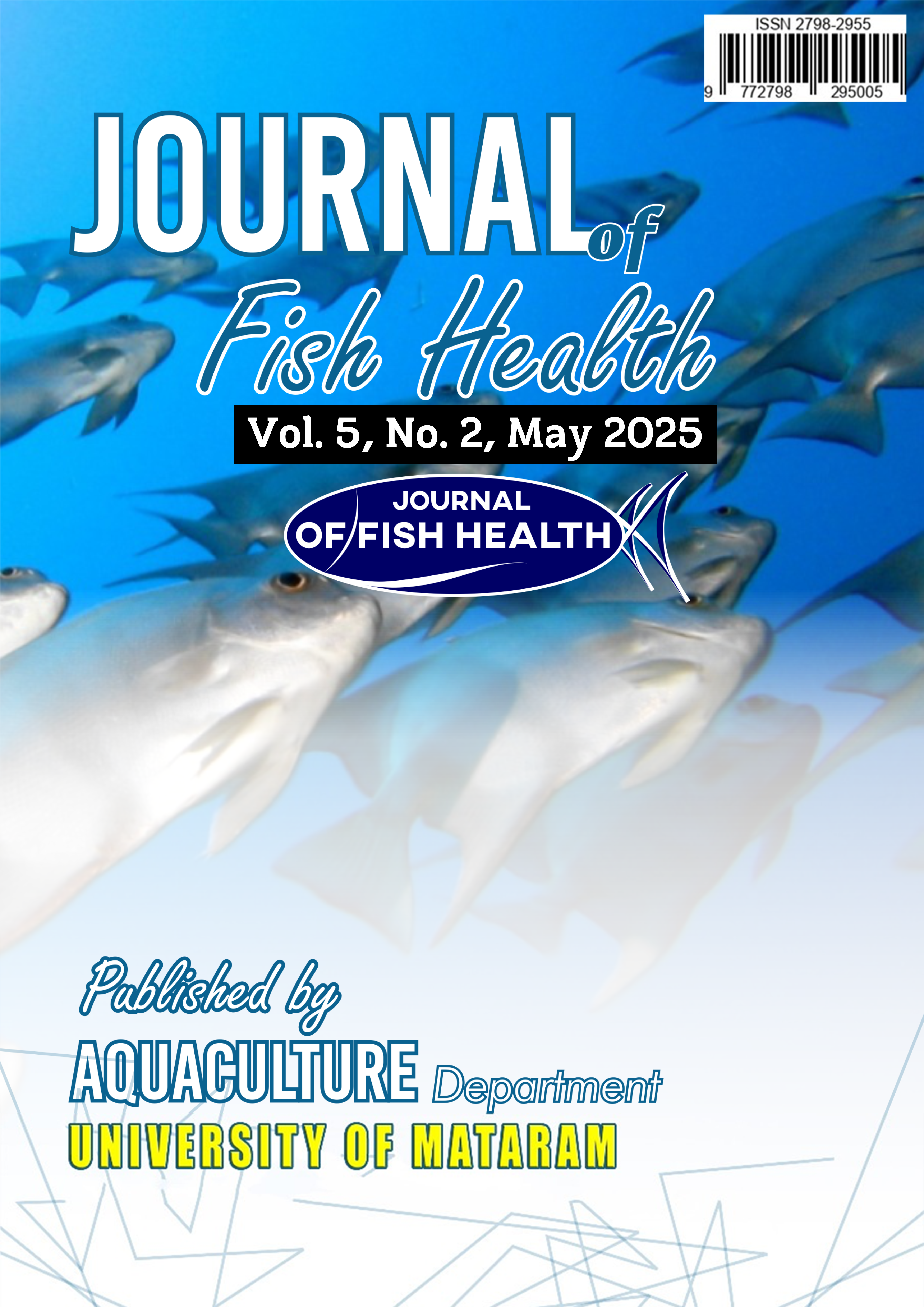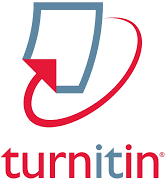Visit Decision as a Mediator between Tourist Attraction and Facilities on Satisfaction: Boom Marina Beach Tourism
DOI:
https://doi.org/10.29303/jfh.v5i2.6660Kata Kunci:
Tourist Attractions, Facilities, Tourist Satisfaction, Visiting Decisions, Boom Marina BeachAbstrak
Tourism significantly contributes to regional economic growth, especially through the development of natural attractions and supporting facilities. Banyuwangi Regency has strong potential in coastal tourism, with Boom Marina Beach emerging as a leading destination undergoing rapid development. However, the COVID-19 pandemic caused fluctuations in tourist visits and heightened competition among destinations. This study explores how tourist attractions and facilities at Boom Marina Beach affect visitor satisfaction, with visiting decisions acting as a mediating factor. A quantitative method using Structural Equation Modeling (SEM) with WarpPLS was applied. Data were collected from 130 visitors through purposive sampling. The results reveal that tourist attractions and facilities significantly affect visiting decisions and tourist satisfaction. Moreover, visiting decisions mediate the relationship between attractions, facilities, and satisfaction. The study is grounded in the Theory of Planned Behavior (TPB), which explains how perceptions of attractions and facilities influence tourist intentions and behaviors. The findings contribute to the theoretical development of tourist behavior models and offer practical implications for destination management. It is recommended that managers improve the quality of attractions and facilities, supported by effective marketing and infrastructure development from the local government. Future research is encouraged to explore additional variables such as destination image and tourist experience to provide deeper insights.Unduhan
Diterbitkan
Cara Mengutip
Terbitan
Bagian
Lisensi
1. The copyright of this journal belongs to the Editorial Board, based on the author's consent, while the moral rights of the publication belong to the author(s).
2. The formal legal aspect of journal accessibility refers to the same Creative Common Attribution + Noncommercial + ShareAlike (CC BY-NC-SA), implying that publication can be used for non-commercial purposes in its original form.
3. Every publication (printed/electronic) is open access for educational, research and library purposes. In addition to the objectives stated above, the editorial board is not responsible for copyright infringement















